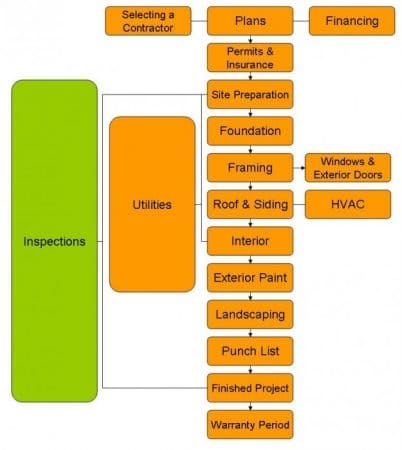Quick lesson delivery cycles
When comparing traditional classroom teaching with this digital mode, it’s easy to spot the positive difference in lesson delivery cycles. ELearning facilitates a reduction in learning time by even up to 60%. ELearning reduces study time from the following considerations:
- A single learning session wraps up the entire lesson.
- Students don’t have to keep up with the learning speed of the entire classroom group
- Learners don’t have to travel to a certain institution – eliminating commuting.
- Students can focus solely on learning material areas relevant to them.
Improved metrics
Tracking how effective a traditional training program actually is can be challenging in traditional learning environments. Evaluating results, keeping a close tab on student progress and taking action based on results cannot always be possible in a physical classroom. ELearning, on the other hand, provides a more effective learning management system. An online course curriculum comes with improved metrics. It’s easier to spot study results, which are later measured and improved through necessary changes.
Upskilling
Individuals need to maintain their skills set relevant to the current demands of the industry they work in. Considering that we live in a technology-driver climate, staying up-to-date on different tech trends is a priority for organizations and their staff. Upskilling has thus become a necessity for many individuals, allowing them to upgrade their current skills and perform different professional roles better.
More people are interested in pivoting mid-career and accessing better employment opportunities, as well. Going back to school is however not an easy-to-reach possibility, and that’s when online education comes to the rescue. Diversifying their area of expertise is far easier with eLearning.
Cost considerations
The high expenses of traditional education can often prevent individuals from accessing the academic journey they desire, or the career boost they target. A strong advantage of online learning, which has been linked to the popularity increase of this trend in recent years, is a reduction in costs.
Because learning time and resources are reduced, eLearning is the more cost-effective alternative. Learning through this mode is fast and easy, so naturally a decrease in expenses occurs.
For larger organizations, this also comes as an optimal solution for employee training. Corporations can improve the skills of their workforces regardless of economic climate.
Helps students stay relevant in quickly changing environments
We live in a fast-paced word, and traditional learning is often an obstacle, due to outdated learning resources. Digital learning makes it possible to update study materials fast and in real time, keeping content fresh and relevant in quickly changing environments.
When students are taking an online class, they can be certain the information received is updated to the current climate, whereas in traditional settings, textbooks may still contain outdated, irrelevant content.
Environmental impact
One last thing to remember here is the impact eLearning has on the environment. Activists are encouraging sustainability practices in all industries and markets, and education isn’t left behind. More organizations are highlighting the eco-friendly nature of digital learning. ELearning is a paperless way of studying. According to certain statistics, digital learning also consumes up to 90% less power, so those who are interested in a more environmentally-conscious way of studying have certainly directed their attention to distance-based learning opportunities.
The subject of eLearning is a cast one, addressing a wide variety of aspects. While at the time, digital learning technologies cannot completely eliminate the need for traditional learning, these have become essential for the modern student. With powerful advantages, eLearning is driving more interest than ever and things are likely to go uphill from now on.





